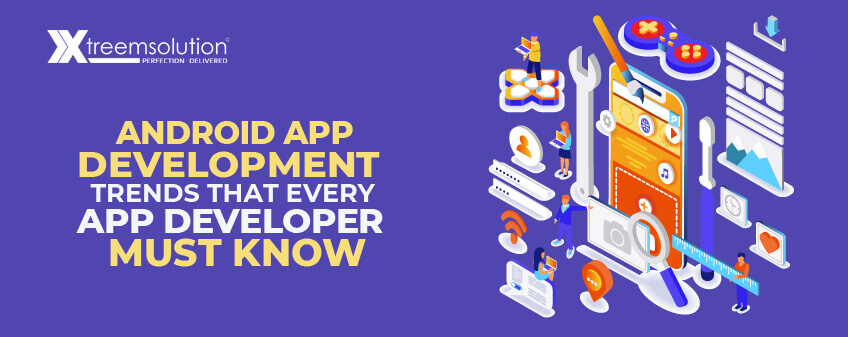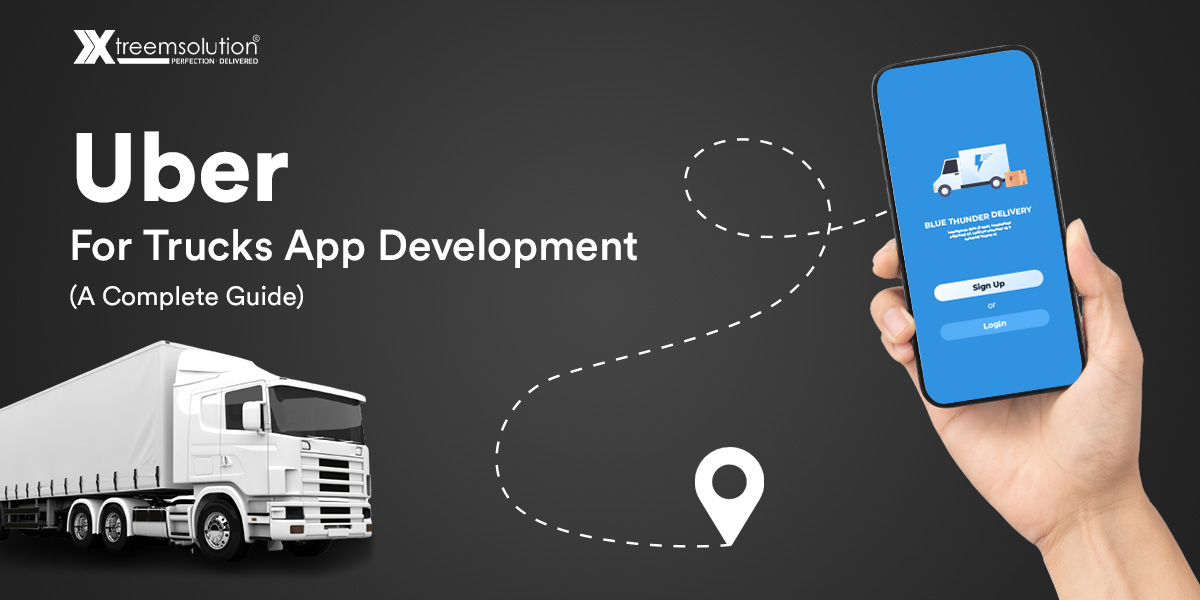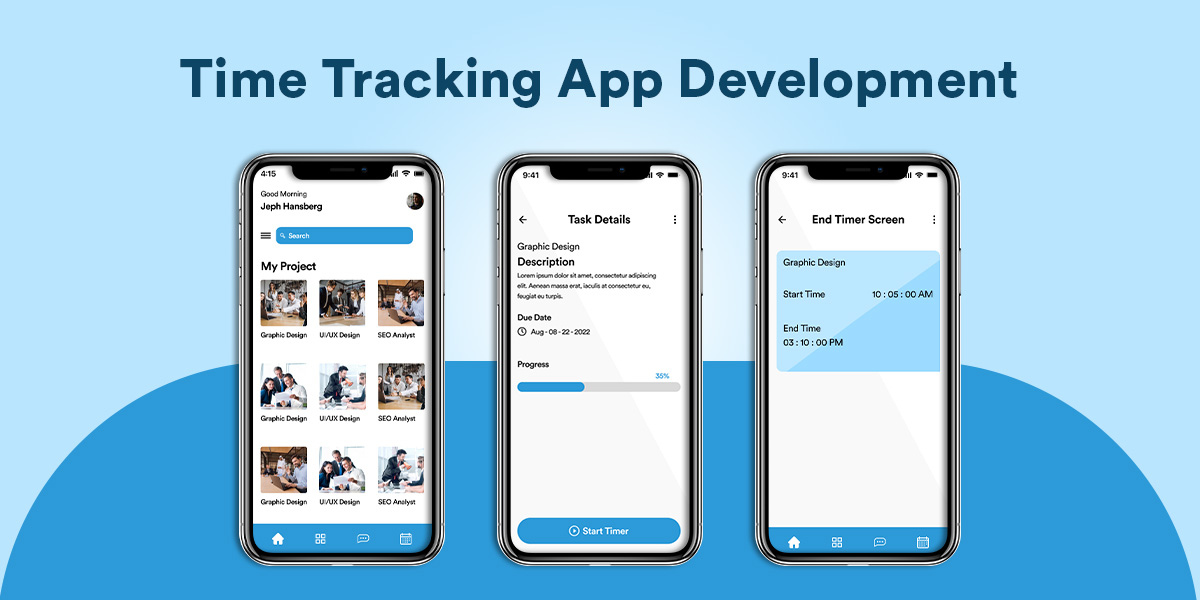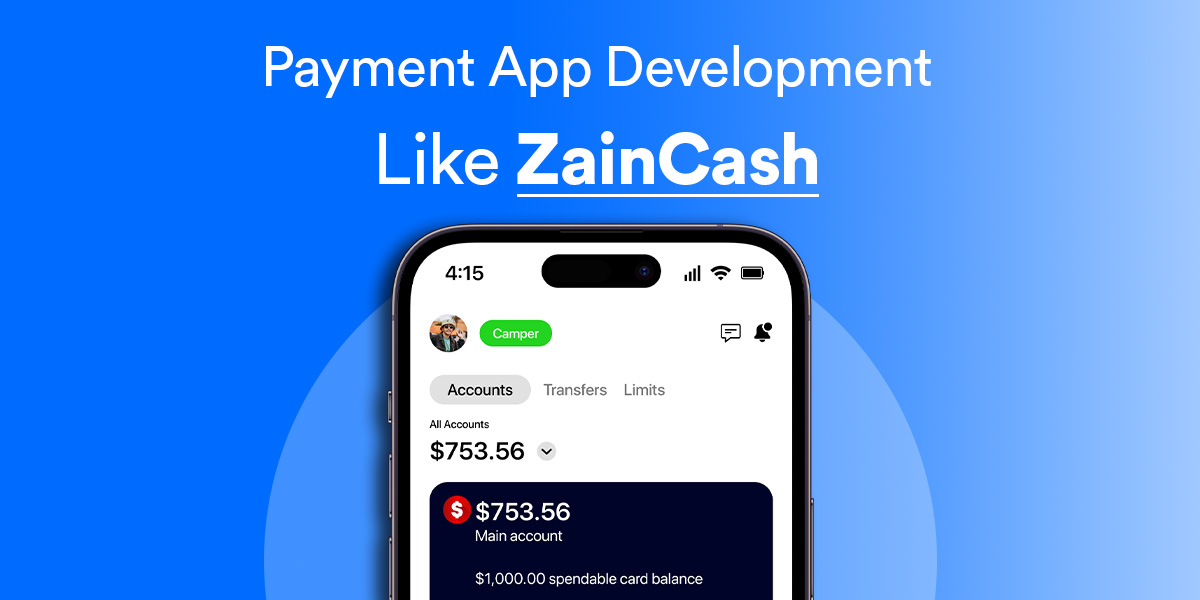Introduction
App developers have been consistently working on finding new ways to shorten as well as simplify development process along with building the best designs along with user experience. We have seen the emergence of cutting-edge technologies and techniques along with tools in mobile app development has opened up new avenues for Android development services. Mentioned here are the latest trends which provide you with a great insight into what actually will be in the top.
1. Rise of Kotlin
Kotlin is quite a recent programming language which works on the JVM or Java virtual machine. It is the official programming language for the purpose of Android application development. It has advantages like being interoperable with Java, extension function, null safety, data classes and lamdas. Hire app developer who is well-versed in Kotlin to make advanced Android apps.
2. Introduction of MVVM
In the case of mobile app development, you will certainly face different challenges. One of the vital ones is the clean architecture. There are various design patterns which assist you to separate different modules in the app. Creating User Interface or UI code which his simple as well as free of business logic that makes it quite easier to manage. The MVVM pattern was actually created recently, and it is quite an innovative approach for the creation of mobile apps for the Android system. At the first look, the MVVM pattern is quite similar to the MVP, which is certainly the most popular pattern when it comes to Android development. With the MVVM standard, the creation of different unit tests is quite simpler as there is no layer which is dependent on the view. During the entire testing, it is quite enough to check if the observed variables are rightly set whenever the entire data model layer actually changes. There isn’t any requirement to substitute any artificial view for the testing as it is in the case of MVP pattern.
3. Latest Model
In the particular MVVM pattern, the entire model layer is quite identical to that in MVP and MVC. It is particularly responsible for the management of business logic as well as fetching the data from the database or server. It offers the required information to the particular View-Model-Layer.
4. The View Layer
It represents the user interface elements, and it is actually responsible for displaying the entire data. The View actually observes the data which is exposed by the View-Model. Like the MVP pattern, the Fragments and Activities belong together to the view layer as well as control systems present in XML files.
5. The ViewModel
It is responsible for the connection between the view layer and the data layer. Its primary task is to offer commands, methods as well as other properties which help in maintaining the view state along with managing the model as a particular result of actions in the view along as well as handling the events in the view. This View-Model, however, doesn’t contain the entire information regarding the view and it is quite independent of the views, completely.
Android Architecture Components
It is the set of libraries which assist in designing robust, maintainable and testable apps. This particular collection of libraries contains LiveData and ViewModel components.
1. LiveData
It is actually a lifecycle- aware data holder which is observable that means it actually represents the lifecycle of different app contents like Fragment, Service or Activity. Hence, you don’t have to actually handle the lifecycle manually as LiveData can automatically remove the observer whenever the Fragment receives the onDestroy().
2. ViewModel
This class is a helper for the MVVM pattern. It is particularly designed to manage and store data necessary for the User Interface or UI. This class actually allows the data to survive the different configuration changes like screen rotations.
Conclusion
In recent times, we have witnessed major changes in Android app development, and a company should hire Android app developer who is aware of these trends. The major one is the Kotlin becoming the official programming language for the Android. It is more popular in Android apps than the Java. Introduction of MVVM is also the latest addition in these years. Model and View Layer opens up new options for the developers. Different Android Architecture components like LiveData and ViewModel are now available for the developers.








